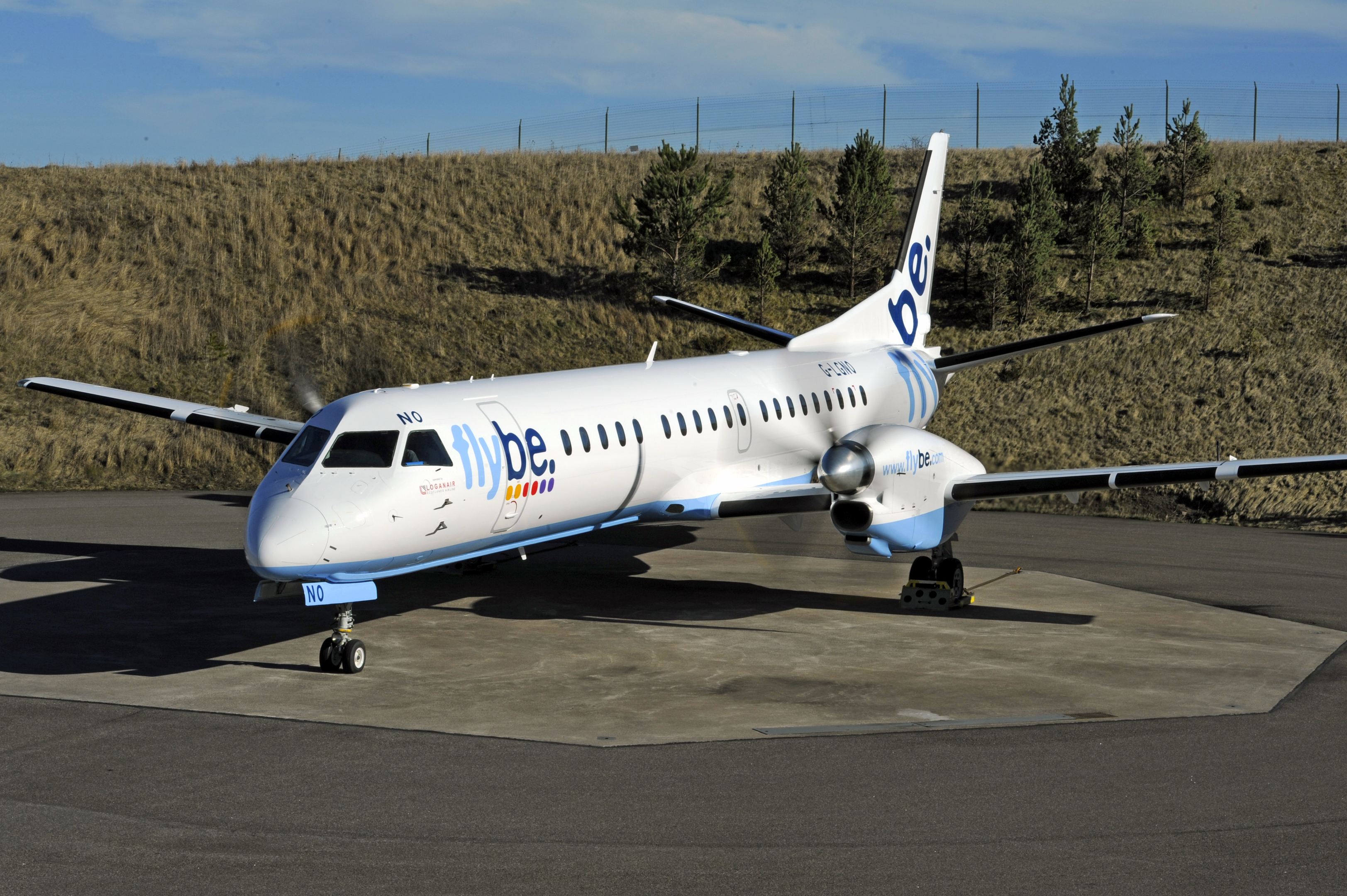A brave pilot has been credited with saving his passengers, after the plane’s autopilot tried to crash his plane into the North Sea.
Passengers on the Loganair Saab 2000 – which was travelling from Aberdeen to Sumburgh airport, Shetland on December 14 – were put through a horrific ordeal as the plane sent itself into a nosedive.
The plane, which had been struck by lightning, fell to just 1,100 ft before its captain wrestled back control and applied full power.
The crew were faced with severe weather conditions – thunderstorms with rain, snow, hail and 70mph winds – and the decision was made to break off their approach when they were around seven miles away from Sumburgh.
Soon after, a lightning bolt struck the front of the plane, and conducted across the full length of the plane.
The co-pilot immediately declared a mayday as the pilot tried to gain height, however, every move was overridden by the autopilot.
When the aircraft reached 4,000ft, it suddenly pitched nose down and fell out of the sky at 9,500ft a minute – leaving the crew with just 20 seconds to reverse the fall before the plane crashed into freezing waters.
As the plane reached 1,1000ft, the captain managed to apply full power and lifted it back into a climb, and redirected it back to Aberdeen where it landed safely.
The Air Accident Investigation Branch (AAIB) has recently published a report into the incident.
According to the report’s findings, the autopilot was still functioning after the lightnight strike, but other controls had stopped working.
It was when the computers became overloaded with faulty data during the plunge that it stopped operating, which gave the pilot seconds to save the flight.
The AAIB report stated: “Although the pilots’ actions suggested that they were under the impression the autopilot had disengaged at the moment of the lightning strike, recorded data showed that it had remained engaged.
“The pilots’ nose-up pitch inputs were countered by the autopilot pitch trim function, which made a prolonged nose-down pitch trim input in an attempt to maintain its altitude tracking function until it disengaged. This accounted for the perception that the control response was not normal.”
“As the aircraft reached 4,000ft, the pitch attitude tended towards nose-down and a descent began. Invalid data from one of the air data computers then caused the autopilot to disengage. The pitch trim was, by this time, almost fully nose-down, and the aircraft continued to pitch nose-down and descend.
“The peak rate of descent was 9,500 feet per minute.”
The report added that no technical failings were found with the plane, which is now back in service – pilot training now includes simulations of the incident.
The AAIB probe is ongoing and will now assess crew training, autopilot design and any “human factors”.
